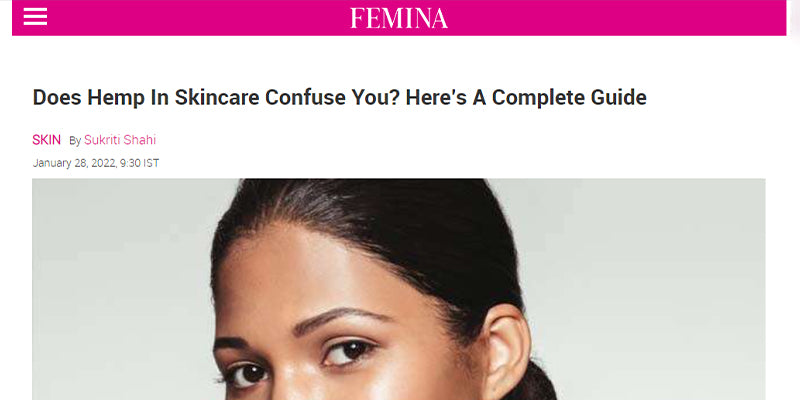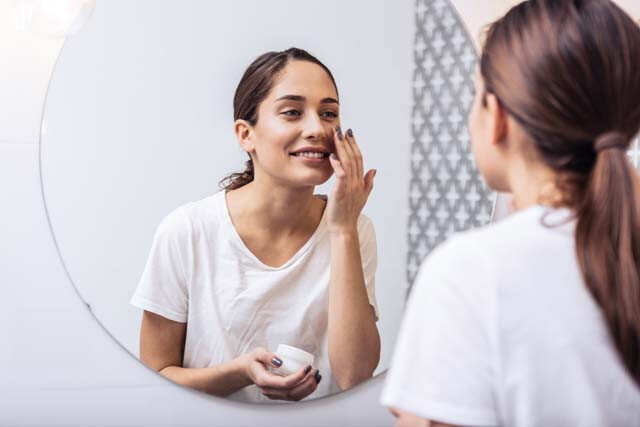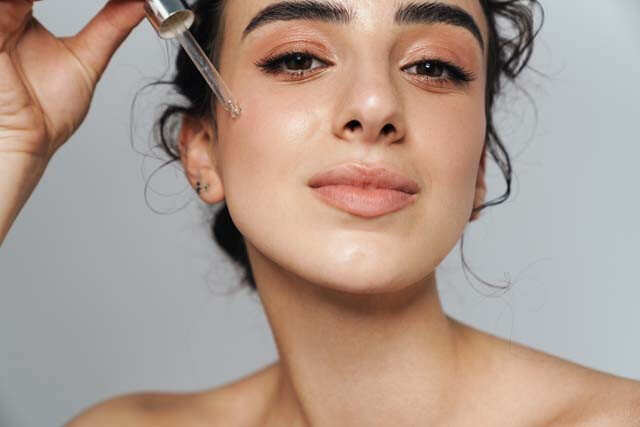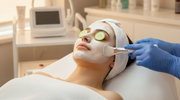Does Hemp In Skincare Confuse You? Here’s A Complete Guide

Hemp is the current buzzword in the beauty industry and for all good reasons! And, no, it doesn’t give you any kind of ‘high’ except for its high performance for the skin and hair. If you are a skincare junkie, you must have tried all face and essential oils – from coconut to walnut or Moroccan – so now it’s time to try hempseed oil.
For beginners, don’t confuse hempseed oil with hemp oil which is a blanket name used for all the oils derived from hemp. Hempseed oil is extracted from seeds of the hemp plant. It’s a cannabis plant but known for its non-drug use. “It doesn’t contain Tetrahydrocannabinol (THC) and is not psychoactive so can’t be abused,” says Dr. Ankur Sarin, a Delhi-based dermatologist.

Image: Shutterstock
What Is Azelaic Acid?
For beginners, azelaic acid is an undervalued ingredient that performs multiple functions like treating scars, preventing acne and pigmentation, and reducing redness. A dicarboxylic acid, it helps exfoliate the skin. “Azelaic acid is a natural acid found in barley, wheat and rye,” says Dr Ankur Sarin, a Delhi-based dermatologist who is fairly popular on social media for his fun-yet-informative skincare videos. “It is produced organically from Malassezia furfur ( a kind of fungus) and is used for many dermatological purposes for its anti-inflammatory, depigmenting, and antibacterial qualities,” he adds. It’s an overachiever!
Dermatologists, for obvious reasons, tab it under prescription products for its concentration between 15 to 20 per cent. However, it’s also available as an over-the-counter drug in concentration till 10 per cent. But, how is it different from other ingredients that offer similar results? The presence of tyrosinase in it sets it apart. Dr Sarin explains, “Azelaic acid is a strong tyrosinase inhibitor which is responsible for increasing melanin production. Azelaic acid is one of the very few molecules that can help in treating skin redness.”

Image: Shutterstock
Benefits of Azelaic Acid
A multifunctional active ingredient, azelaic acid works on several skin concerns. A gentle exfoliator that unclogs pores and sloughs off dead skin cells, it’s also a gluten-free ingredient that deserves a spot on your beauty shelf. “Primary skin benefits of using azelaic acid include decreasing dark spots, reducing acne, controlling redness,” says Dr Sarin. He further explains that it also reduces acne scarring and evens out skin texture to some extent. “However, long term application is needed to see a significant change,” he explains.
How to Use It?
If you are planning on trying it without prescription, Dr Sarin suggests not going over 10 per cent concentration. “Start will lower concentration and gradually build up,” he says. Apart from consulting your dermatologist for its regular use, he also warns about maintaining a strong skin barrier. “To apply any acid, one needs to have a proper skin barrier. If the skin barrier is compromised, anything that is lower or higher than the skin’s pH will sting,” he explains. Therefore, do not apply it on dry or inflamed skin or if you are suffering from any facial injury or allergy.
Use a pea-size amount on cleansed skin both in the morning and evening. If you have sensitive skin, use it once a day or consult a dermatologist for application and frequency. If your skincare routine includes other actives like AHAs - glycolic and lactic acid - or BHAs like salicylic acid, use those first followed by a thin layer of azelaic acid. This helps in a better absorption of this ingredient. Needless to say, a hydrating moisturiser and sunscreen are a must after applying azelaic acid.


